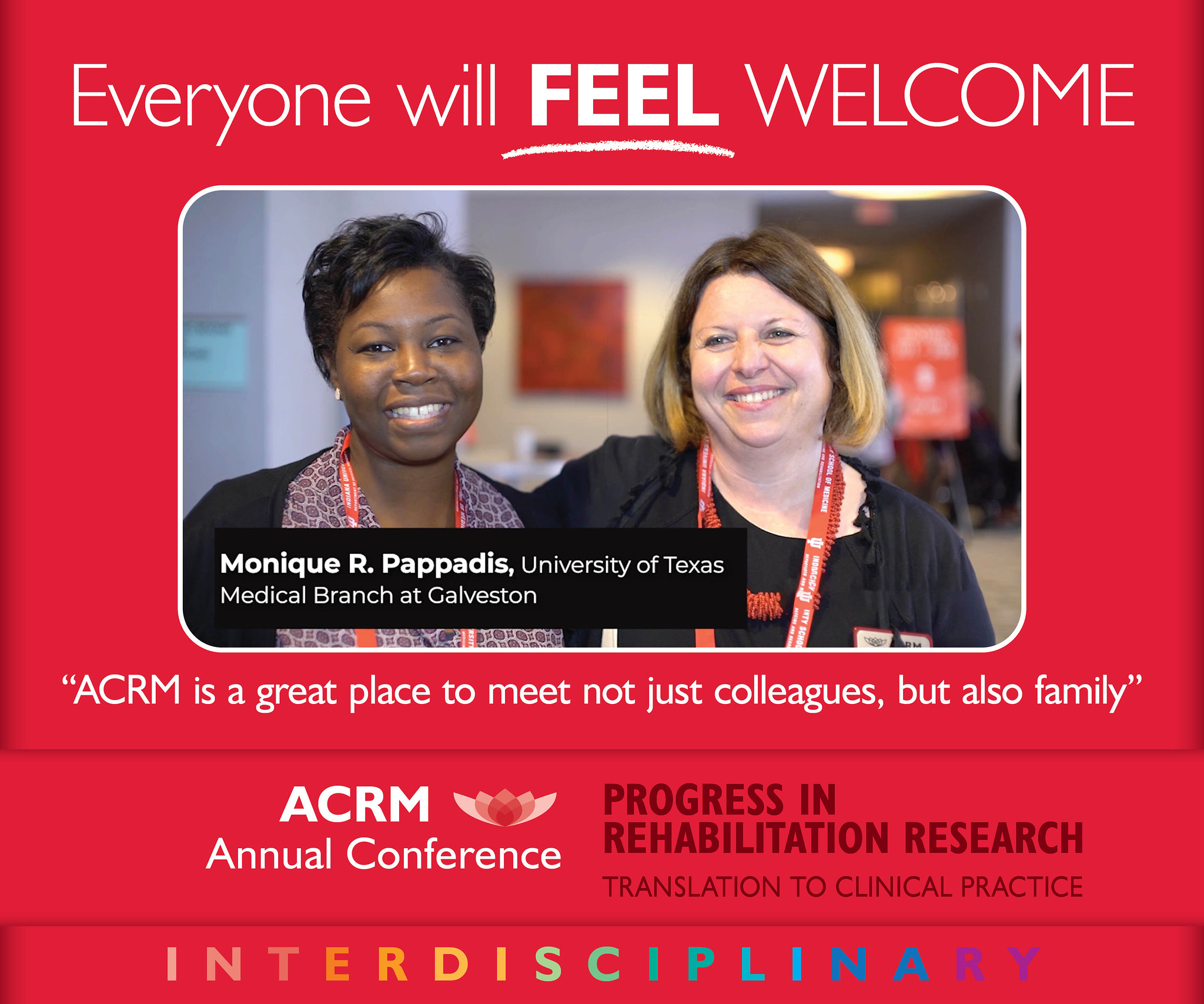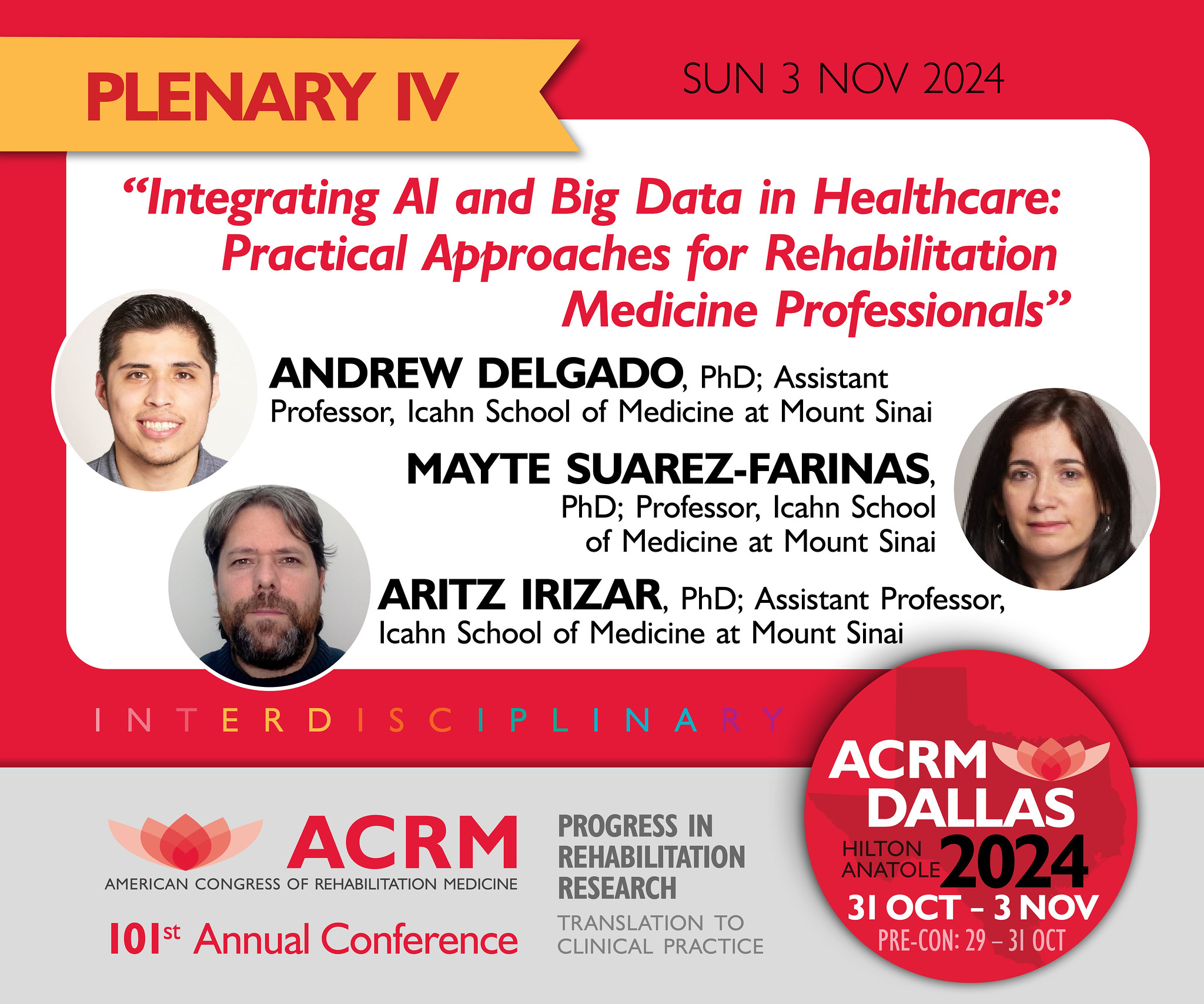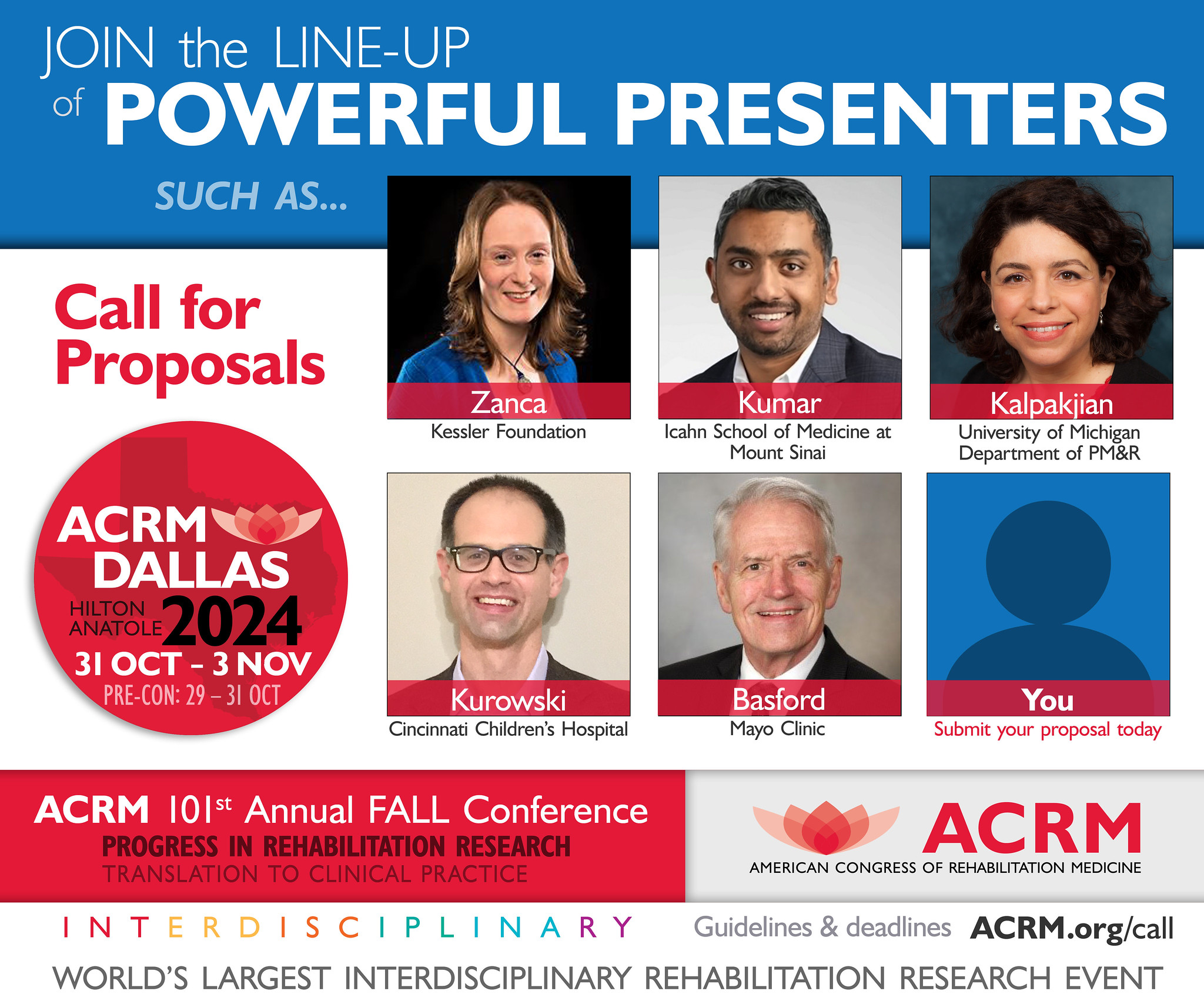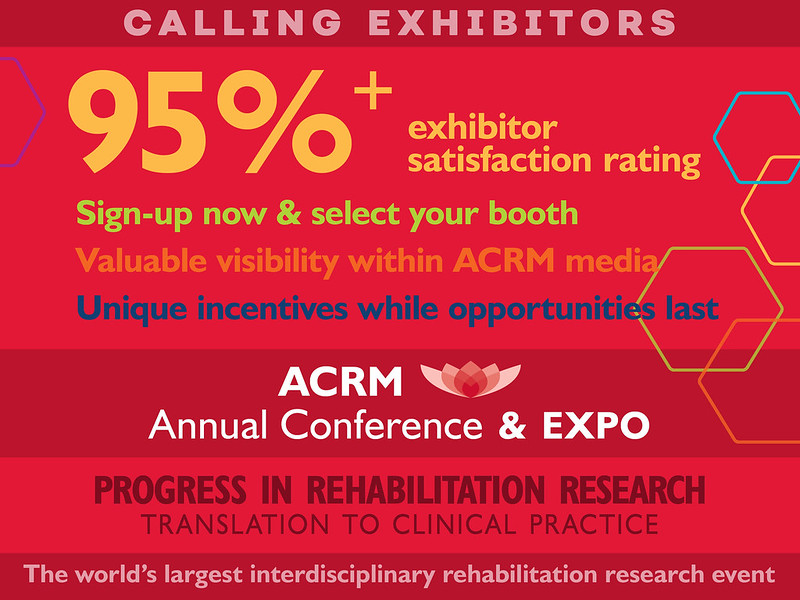Measurement Spotlight Article
LEARNING TO LOVE SECONDARY DATA ANALYSIS

Alison Cogan
By Alison M. Cogan, PhD, OTR/L
Postdoctoral Research Fellow
Washington DC VA Medical Center
As an early career rehabilitation researcher with training in qualitative methods and clinical trials, one of my goals for my postdoctoral fellowship was to learn about secondary data analysis. Through the learning process, I have realized many of the misconceptions I had held about using observational data.
Misconception #1: Secondary data analysis is boring.
There is none of the excitement of data collection and participant interaction like I had in my qualitative work.
Reality: It turns out that the challenge of setting up data for analysis on its own is very satisfying.
It’s fun to learn how to use a new software package and there is a lot of thought that goes into the process of preparing the data set. I never knew it could be so challenging and rewarding. Who would have guessed that I would love working in STATA?
Misconception #2: You just get your data file and get started with analysis.
Honestly, in all the statistics courses I’ve taken, data cleaning was not even mentioned. Assignments were based on clean, organized data sets. So, when I received the clinical data I requested for analysis, I was a bit shocked to learn I had so much work ahead of me before I even thought about analysis.
Reality: The data cleaning/preparation process is far from standardized.
The research question informs how data are organized, variables recoded, etc. Which leads to the next one…
Misconception #3: Theory does not play a big role in the research process.
Wow, was this one wrong! We do not have nearly as much discourse about the theoretical underpinnings of quantitative research designs compared to qualitative research, and I mistook this limited discussion for absence.
Reality: Theory determines every part of your study,
from topic and data selection, how data are set up, what statistics are, and how you make sense of the findings. Even once the analyses are complete, we need to make sure we’ve explored the alternate interpretations of the results. We also need to consider the original source of the data and how it may influence our outcomes.
I am fortunate to be working with a mentor who is an expert in secondary analysis and a team that supports my learning and problem solving throughout the research process. I’m excited to have this new method in my research toolbox and look forward to continuing my learning process.










